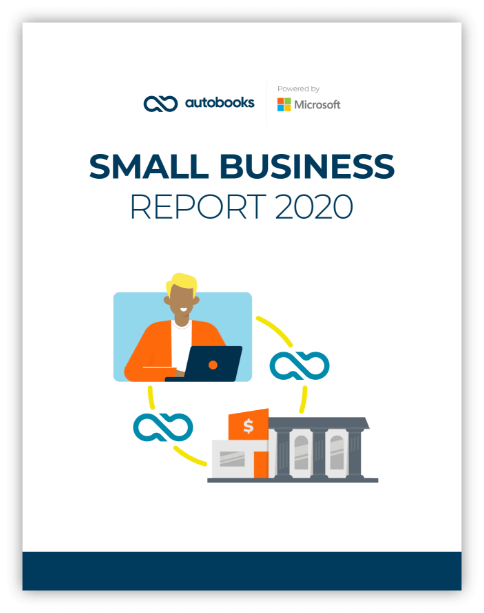Why is small business banking undergoing disruption? And just as importantly, what can your FI do to fend off fintech competition and continue to attract small businesses?
In the last ten years, we’ve seen an onslaught of new competitors in the small business banking space. And it has only continued to grow. Traditional financial institutions (FIs) must contend with first movers — big tech players and fintech challengers — along with a wide range of business-focused neobanks.
Case in point: In 2020, we saw Square become a bank, Stripe Treasury offer embedded banking to a number of platforms, and Quickbooks unveil a small business deposit account. And 2021 has shaped up to be another busy year, with a seemingly endless procession of disruptive neobanks entering the market — many explicitly targeting specific small business niches (e.g., freelancers, entrepreneurs, creatives, barbers!).
Despite their inherent diversity, all of these companies share a strikingly similar strategy when it comes to growth. To better understand what that is, we can turn to a concept that is widely recognized, but often misinterpreted: the theory of disruptive innovation.
At its core, the theory of disruptive innovation is intended to help established companies identify and mitigate disruption — ideally before it takes hold — so that the incumbent can continue to operate and grow.
To learn more about the process of disruptive innovation, and how Square has closely followed this model as it continues to grow, be sure to read the Autobooks Guide to Disruption in Small Business Banking.
Download the Guide to Disruption



